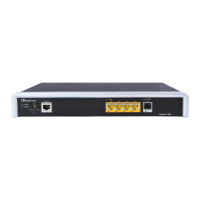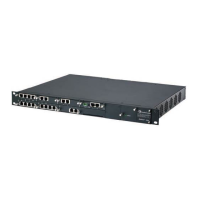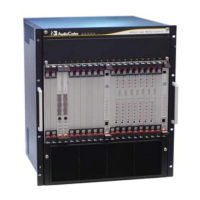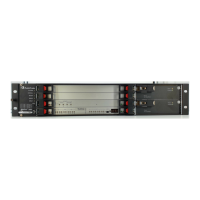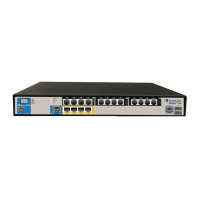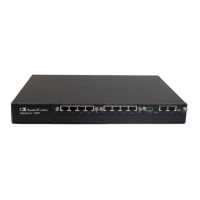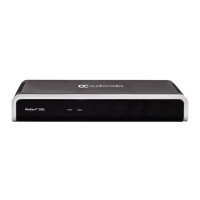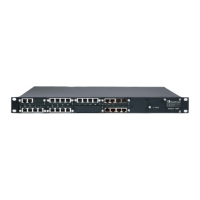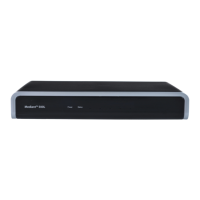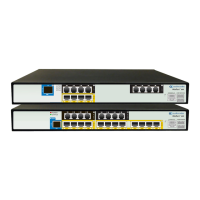User's Manual 318 Document #: LTRT-68822
Mediant 2000
The Inbound IP Routing Table provides two configuration areas:
Matching characteristics of incoming IP call, for example, prefix of destination number.
Operation (destination), for example, sends to a specific Trunk Group.
If the incoming call matches the characteristics of a rule, then the call is sent to the
destination configured for that rule.
The device also supports alternative routing if the Trunk Group is unavailable:
If a call release reason is received for a specific IP-to-Tel call and this reason is
configured for alternative IP-to-Tel routing, then the device re-routes the call to an
alternative Trunk Group. The alternative route is configured in this table as an
additional row (below the main routing rule) with the same call characteristics, but with
a destination to a different Trunk Group. For more information on IP-to-Tel alternative
routing, see 'Alternative Routing to Trunk upon Q.931 Call Release Cause Code' on
page
325.
The device can re-route (i.e., call redirection) IP-to-Tel calls to an alternative IP
destination using SIP 3xx responses. For more information, see 'Alternative Routing to
IP Destinations upon Busy Trunk' on page
326.
The device automatically re-routes an IP-to-Tel call to a different physical physical trunk if
the initially destined physical trunk within the same Trunk Group is detected as out of
service (e.g., physically disconnected). When the physical physical trunk is disconnected,
the device sends the SNMP trap, GWAPP_TRAP_BUSYOUT_LINK notifying of the out-of-
service state for the specific trunk number. When the physical trunk is physically
reconnected, this trap is sent notifying of the back-to-service state.
Note: You can also configure the Inbound IP Routing Table using the table ini file
parameter, PSTNPrefix (see 'Number Manipulation Parameters' on page 669).
To configure IP-to-Tel or inbound IP routing rules:
1. Open the Inbound IP Routing Table page (Configuration tab > VoIP menu > GW and
IP to IP submenu > Routing > IP to Trunk Group Routing).
Figure 24-4: Inbound IP Routing Table
The previous figure displays the following configured routing rules:
• Rule 1: If the incoming IP call destination phone prefix is between 10 and 19, the
call is assigned settings configured for IP Profile ID 2 and routed to Trunk Group
ID 1.
• Rule 2: If the incoming IP call destination phone prefix is between 501 and 502
and source phone prefix is 101, the call is assigned settings configured for IP
Profile ID 1 and routed to Trunk Group ID 2.
• Rule 3: If the incoming IP call has a From URI host prefix as domain.com, the call
is routed to Trunk Group ID 3.
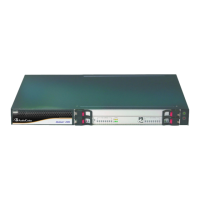
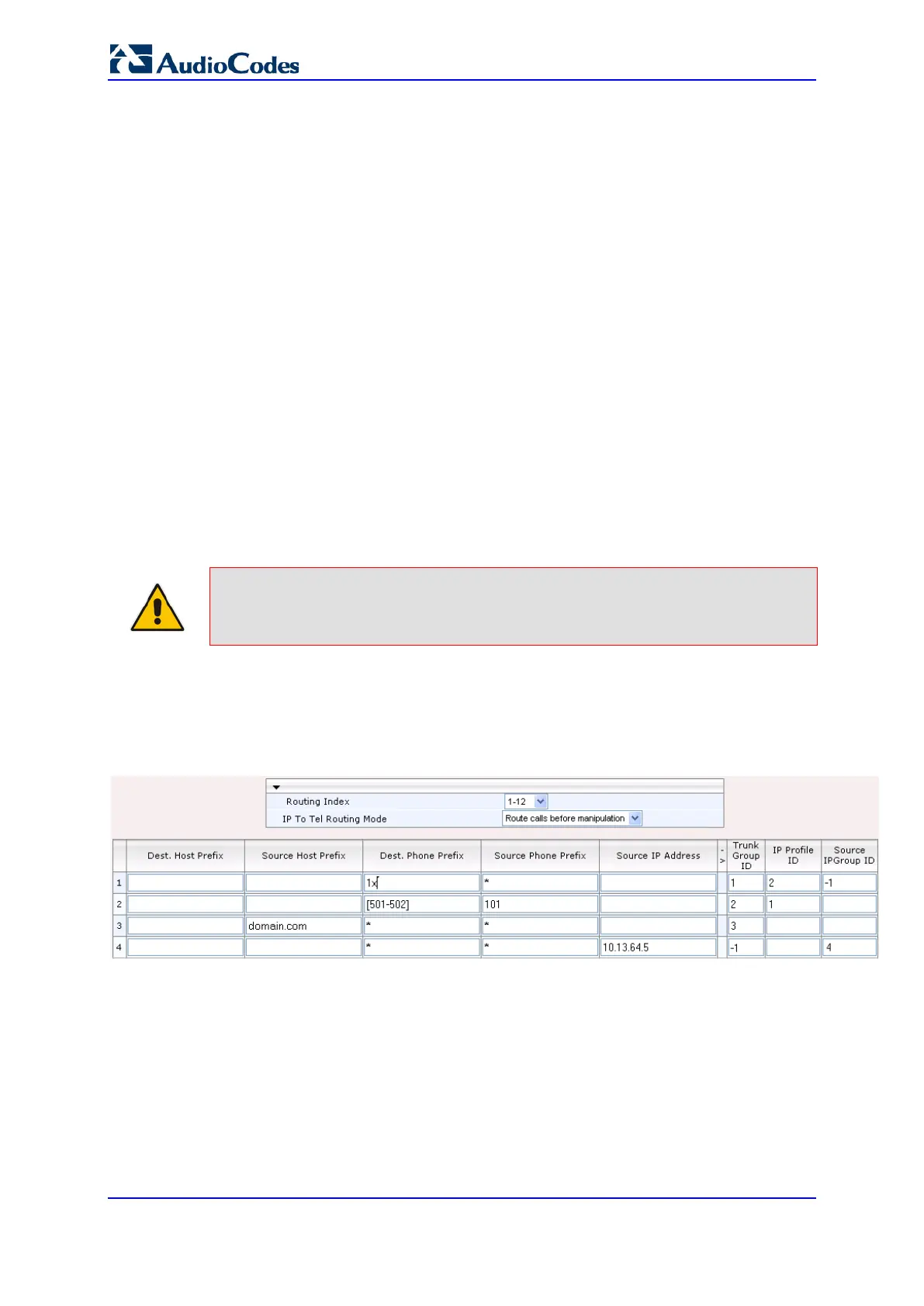